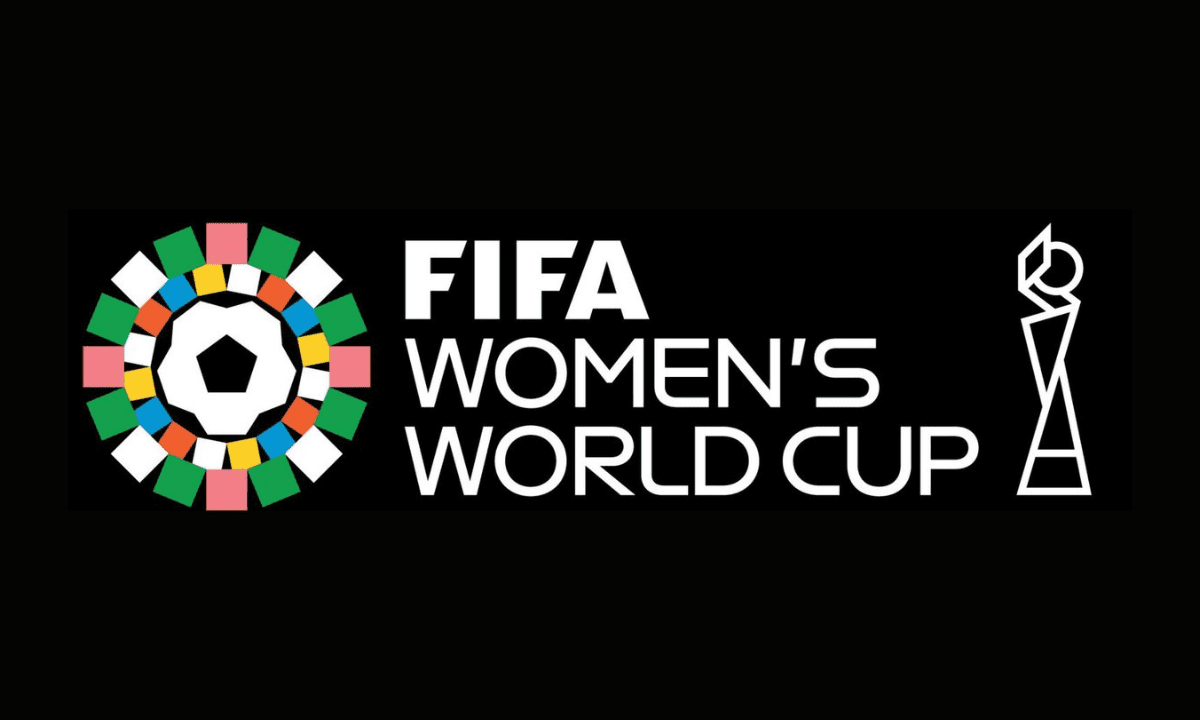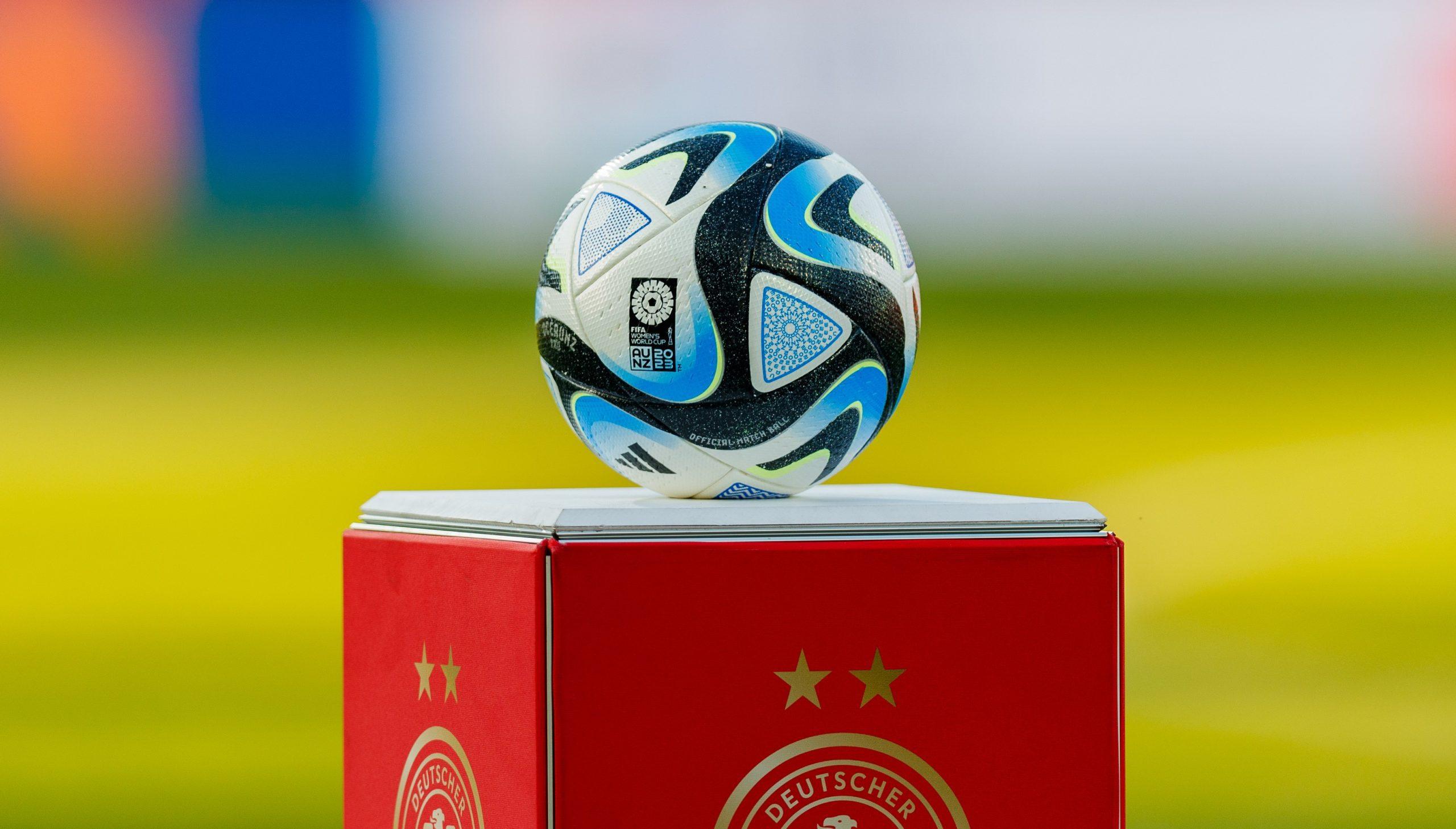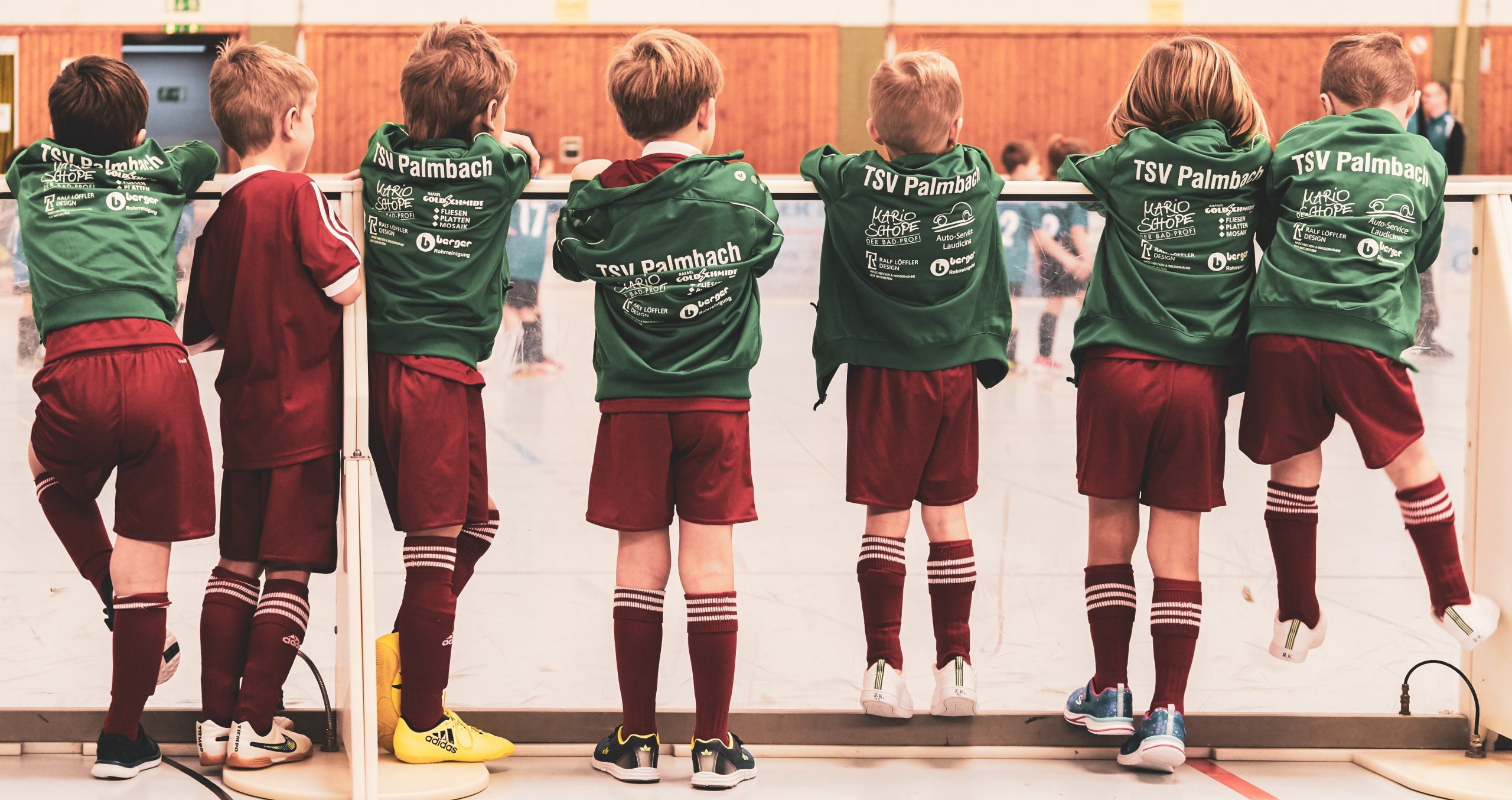
The success of the 2023 FIFA Women’s World Cup demonstrates that the future of football is female, according to Hunt & Hawk Content Writer and football fanatic, Mike Tuckerman.
The three highest attendances at Sydney’s recently refurbished Sydney Football Stadium this year have all been for women’s soccer games.
That statement would have been unthinkable until just a few years ago. But the unprecedented ticket sales and sell-out crowds of the 2023 FIFA Women’s World Cup come as no real surprise to anyone who follows soccer – or football, as it is called in most parts of the world.
Women’s football has exploded in popularity in recent years, with traditional heavyweights like the United States and Germany playing in front of massive crowds, while competitions like England’s Women’s Super League have heralded a new era of professionalism for the women’s game.
Now it’s Australia and New Zealand’s turn – and the two nations have responded by smashing attendance records and putting on what has already been described as arguably the most exciting FIFA Women’s World Cup of all time.

The 2023 FIFA Women’s World Cup has taken centre stage. Credit: commons.wikimedia.org.
My Lifelong Obsession With The Beautiful Game
I first fell in love with football as a four-year-old. My whole family played competitive sports when I was growing up, so I suppose it made sense when my parents dropped me off at my local club as a kid.
For the first couple of years we only played intra-club five-a-side games, but it’s hard to imagine much free-flowing football being played with a bunch of little kids all crashing into each other.
By the time we were unleashed on full-field football in Under-7s, I reckon the number of scoreless draws was off the charts.
But when I was 12, a few parents got together at the big local club I played for and suggested we join forces with a few other kids at another, much smaller local club. The idea – much as we all played for fun – was to try and win a championship.
And that’s exactly what we did. When I was 13 and 14, we twice won Division 1 titles in the Granville and Districts Soccer Association – Australia’s oldest such association, founded in 1900.
We won a couple of Thistle Cups to boot – again, one of Australia’s oldest cup competitions – and the day we won the double after claiming a second successive grand final win less than 24 hours earlier remains one of the happiest memories of my life.
So I was familiar with football – and we lost a couple of competitions too, which is always a humbling experience for a teenager – long before I started watching it on TV.

A love of football can blossom at a young age. Credit: Bruno Kelzer on Unsplash.
The Biggest FIFA Women’s World Cup Of All
Fast forward to 2023, and the FIFA Women’s World Cup is smashing all records that came before it.
It was always going to be a runaway success when FIFA announced on the eve of the tournament that more than 1.25 million tickets had been sold across Australia and New Zealand before a ball had even been kicked.
At the Sydney Football Stadium, the crowd of 40,498 that turned out to watch France beat Panama 6-3 in a veritable goal-fest was only one short of the attendance that rocked up to watch Colombia stun Germany 2-1 with a last-second winner just a few nights earlier.
Four of the five FIFA Women’s World Cup fixtures at the Sydney Football Stadium have attracted near-capacity crowds to date, while Australia shifted its opening game against the Republic of Ireland to the much larger Stadium Australia in Homebush due to unprecedented demand for tickets.
A crowd of more than 75,000 turned out to watch the Aussies down the Irish in a nervy group-stage opener – with a similar attendance expected when the Matildas host Denmark at the same venue in the Round of 16 – with all three of the Matildas’ group-stage games attracting capacity crowds in Sydney, Brisbane, and Melbourne.
But despite the obvious success of the FIFA Women’s World Cup, it hasn’t been plain sailing throughout.

Fans have flocked to watch the likes of Tillies’ star, Hayley Raso, in action. Credit: commons.wikimedia.org.
Battling Stereotypes At Home And Abroad
As eye-catching as every headline has been, the success of the 2023 version of the FIFA Women’s World Cup still seems to have taken the world game’s governing body by surprise.
FIFA was signing corporate sponsorship deals right up until the tournament kicked off, some countries had barely locked in a broadcast deal before proceedings got under way, and several competing nations are still fighting their own federations for equal pay and recognition.
Perhaps the most frustrating element – at least from an Australian point of view – is that FIFA itself has seemingly been stunned by just how popular the tournament is proving to be Down Under.
The less said about Australia’s disastrous bid to host either of the 2018 or 2022 Men’s World Cups, the better – but it’s still galling to watch one of the world’s most powerful sporting organisations treat the region as some backwater footballing outpost.
FIFA President Gianni Infantino didn’t even bother sticking around once the tournament kicked off – watching a few matches in New Zealand, before jetting off to the Pacific Islands for a week – although he has since met with Australian Prime Minister Anthony Albanese and praised the tournament’s two co-hosts.
Fans in Australia have also been stung by a broadcast deal which sees just 15 of the 64 tournament matches screened on free-to-air TV
While fellow rights holders Optus Sport have done a stellar job of broadcasting the FIFA Women’s World Cup alongside Channel 7, the news that the majority of the tournament was locked behind a paywall has come as a surprise to the general public.

The 2023 event is more than living up to expectations set by previous editions, like the 2019 tournament (pictured). Credit: commons.wikimedia.org.
Matildas Now Flying The Flag For Aussie Football
While tournament co-hosts New Zealand exited after the group stage – despite the Football Ferns’ thrilling 1-0 win over a highly-fancied Norway – Australia’s 4-0 drubbing of Canada saw the Matildas advance to the knock-out rounds.
That’s good news for FIFA Women’s World Cup organisers keen to maintain the tournament’s momentum, as well as for an Australian public that has turned the Matildas into one of the nation’s most popular sporting teams.
But it isn’t just Australia that has been caught up in football fever.
From the Philippines’ heart-warming first ever goal – and win – against New Zealand, to Colombia’s superb 2-1 win over Germany in front of that packed Sydney Football Stadium crowd, to Jamaica sensationally knocking out traditional heavyweights Brazil and South Africa ending Italy’s hopes, this has already been a FIFA Women’s World Cup for the ages.
And with full houses flocking to venues across Australia and New Zealand – despite some haphazard marketing and FIFA’s usual heavy-handed presence – it feels like one thing has become clear from a tournament that continues to break records.
The future of football is undeniably female.





